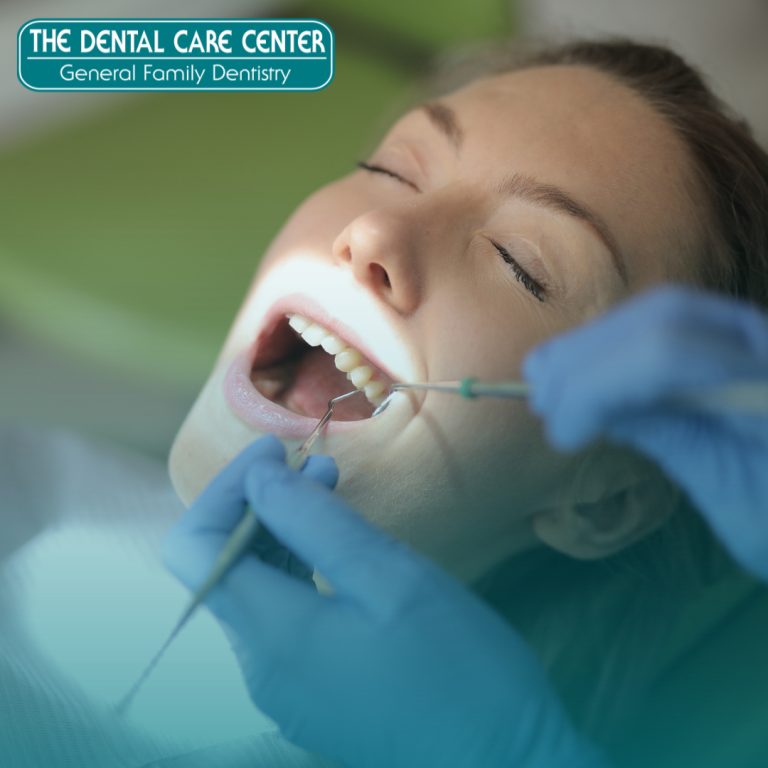
Regular dental cleanings are essential for maintaining good oral health, but not all cleanings are created equal. Understanding the difference between routine cleanings and deep cleanings can help you better prepare for your dental appointments and address any concerns you may have. Let’s explore the distinctions between these two types of cleanings.
Routine Cleaning:
Routine cleanings, known as prophylaxis, are typically recommended every six months for most patients. During a routine cleaning, a dental hygienist will perform the following steps:
1. Scraping: The hygienist will carefully remove plaque and tartar buildup from the surfaces of your teeth using specialized instruments. This helps prevent tooth decay and gum disease.
2. Brushing: After scraping away plaque and tartar, your teeth will be brushed with gritty toothpaste to remove surface stains and smooth and polish your teeth.
3. Flossing: The hygienist will floss between each tooth to remove any remaining debris and plaque from hard-to-reach areas.
Routine cleanings are essential for maintaining good oral hygiene and preventing dental problems. They are generally quick and straightforward, with minimal discomfort for the patient.
Deep Cleaning:
Deep cleaning, also known as scaling and root planing, is a specialized type of cleaning recommended for patients with gum disease or those who have a significant buildup of plaque and tartar below the gumline. Here’s what to expect during a deep cleaning:
1. Numbing: Because deep cleaning involves cleaning below the gumline and around the roots of the teeth, the dentist or hygienist may administer local anesthesia to numb the area and ensure your comfort throughout the procedure.
2. Thorough Cleaning: With the area numb, the dentist or hygienist will carefully remove plaque and tartar from the surfaces of your teeth’s roots and the pockets of your gums. This process helps eliminate the harmful bacteria that cause gum disease and promotes gum tissue healing.
3. Multiple Visits: Depending on the severity of the gum disease and the extent of plaque and tartar buildup, deep cleaning may require more than one visit to complete. Your dentist will assess your individual needs and determine the appropriate course of treatment.
Deep cleaning is a critical step in managing gum disease, preventing further damage to the gums, and supporting structures of the teeth. While it may require more time and multiple visits, the benefits of deep cleaning in preserving your oral health are well worth the investment.
Whether you’re due for a routine cleaning or your dentist recommends a deep cleaning to address gum disease, prioritizing regular dental care is key to maintaining a healthy smile for years to come. Don’t hesitate to discuss any questions or concerns you may have with your dental provider; they’re here to support you on your journey to optimal oral health.